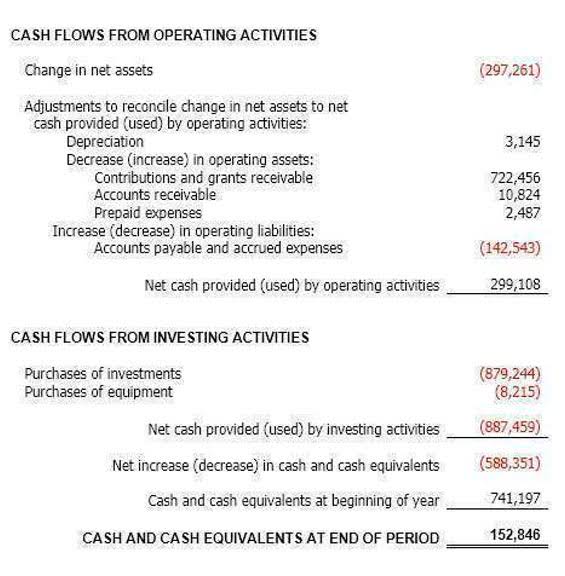Completing the Accounting Cycle: A classified balance sheet Saylor Academy

Additional paid-in capital or capital surplus represents the amount shareholders have invested in excess of the common or preferred stock accounts, which are based on par value rather than market price. Shareholder equity is not directly related to a company’s market capitalization. The latter is based on the current price of a stock, while paid-in capital is the sum of the equity that has been purchased at any price. As noted above, you can find information about assets, liabilities, and shareholder equity on a company’s balance sheet. If they don’t balance, there may be some problems, including incorrect or misplaced data, inventory or exchange rate errors, or miscalculations.

The equity segment of the classified balance sheet is exceptionally simple and like a non-classified report. The characterizations utilized will change according to the kind of business you own, and there is no single method for designing a format of a classified balance sheet appropriately. The image below is an example of a comparative balance sheet of Apple, Inc. This balance sheet compares the financial position of the company as of September 2020 to the financial position of the company from the year prior. The balance sheet provides an overview of the state of a company’s finances at a moment in time. It cannot give a sense of the trends playing out over a longer period on its own.
A classified balance sheet
Other common examples of current assets include account receivables, or the value of what customers owe you. Note receivables take the form of promissory notes that you expect to turn into cash at some time in the future. Prepaid assets, such as consulting fees, rent due to you, and insurance payments that people make to your business, are also current assets.
- Using the accounting equation with a classified balance sheet is a straightforward process.
- In any balance sheet, it is possible to misrepresent information or misstate the facts.
- Current liabilities should be listed first, followed by long-term liabilities.
- By separating these items, the classified balance sheet provides a better understanding of a company’s ability to meet its short-term obligations.
- A classified balance sheet separates current and long-term assets and liabilities, while an unclassified balance sheet does not differentiate between these two categories.
Partnerships list member capital accounts, contributions, distributions, and earnings for the period. A classified balance sheet presents information about an entity’s assets, liabilities, and shareholders’ equity that is aggregated (or “classified”) into subcategories of accounts. It is extremely useful to include classifications, since information is then organized into a format that is more readable than a simple listing classified balance sheet of all the accounts that comprise a balance sheet. When information is aggregated in this manner, a balance sheet user may find that useful information can be extracted more readily than would be the case if an overwhelming number of line items were presented. Hopefully, this article by Viindoo provides businesses with a meaningful understanding of this concept and know-how to effectively hold cash on the balance sheet.
Improved assessment of company’s solvency
The non-current assets section of your balance sheet focuses on the items of future benefit that are exhausted within one year. Although your small business still owns the right to use these assets, their expected life is greater than 12 months. Although you plan to use the vehicle within the next 12 months, its useful life more than likely extends beyond this one-year period. For this reason, you classify a vehicle in a different category of assets. When classifying assets such as vehicles, you group them together with other assets that have long-term lives, such as buildings, land, equipment, and heavy machinery. The financial statement only captures the financial position of a company on a specific day.
Balance sheet liabilities, like assets have been categorized into Current Liabilities and Long-Term Liabilities. Once your balances have been added to the correct categories, you’ll add the subtotals to arrive at your total liabilities, which are $150,000. As a business owner, you’re probably familiar with different financial statements and what they indicate about your business. Here is a classified balance sheet format and most of the items such a balance sheet contains.
Classified Balance Sheet – Definition and Examples
Therefore, a classified balance sheet helps provide a better understanding of the composition of the assets and liabilities. In this example, Apple’s total assets of $323.8 billion is segregated towards the top of the report. This asset section is broken into current assets and non-current assets, and each of these categories is broken into more specific accounts. A brief review of Apple’s assets shows that their cash on hand decreased, yet their non-current assets increased. The income statement and statement of cash flows also provide valuable context for assessing a company’s finances, as do any notes or addenda in an earnings report that might refer back to the balance sheet. Other accrued expenses might include taxes withheld from employees, income taxes payable, and interest payable.
Common examples of fixed assets include buildings, vehicles, machinery, and office equipment. The three main sections of a classified balance sheet makes are assets, liabilities, and equity. As a result, classified balance sheet accounts are an important tool for both investors and managers. Other classifications are also possible, however, such as classifying assets as current or non-current or classifying liabilities as secured or unsecured in the balance sheet. This classification helps investors and creditors to assess the short-term and long-term financial stability of the company. The classifications used can be unique to certain specialized industries, and so will not necessarily match the classifications shown here.
